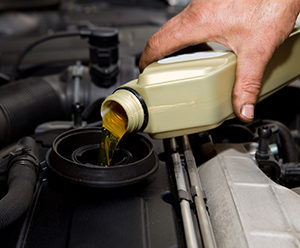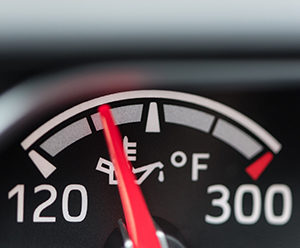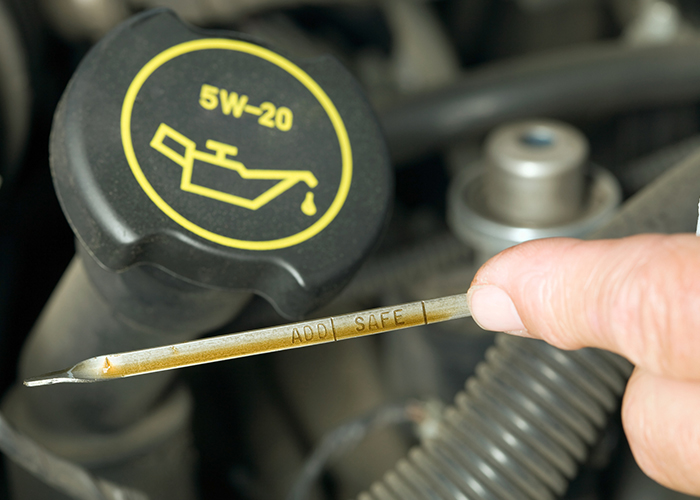The average car contains around 30,000 parts. A good portion of those parts need to be kept well-lubricated in order for the engine to function. That lubrication comes from motor oil. Much like gas and the other fluids you use for your car’s performance, adding oil isn’t a “one time” task. As you drive the oil is used and depleted. You have to add more to keep that oil pressure up. That’s car operation 101 that everyone knows but it is always a good idea to take a deeper dive into the motor oil for your car.
Here’s everything you need to know:
Insufficient Levels
As mentioned, oil gets depleted by use and has to be replaced. When it gets replaced depends a lot on the make and model of your car. The average recommendation falls between every 3,000 to 5,000 miles. There are other potential oil pressure drops that you need to be aware of. For instance, a leak that carries the oil throughout the engine. Oil seals and plugs can also wear out. With older cars, the engines tend to “drink up” oil a lot quicker.
The Wrong Viscosity
The level of viscosity is how the oil performs. Low viscosity produces less resistance to that flow. This can trigger your pressure sensor to flip on. A higher viscosity creates greater resistance. That means the lubrication might not be flowing evenly. That can also trigger a low-pressure warning. Bottom line: Check your owner’s manual for the right oil for your car. And make sure there are no seasonal concerns
A Damaged Pump
Your car’s oil pump is what keeps the oil flowing. When the pump is damaged, then the flow stops and parts of the engine can literally seize up. An oil pump can become damaged if you don’t keep up with your oil maintenance. Running on low oil can cause that pump to sputter and fail. So can contamination from dirt that might be picked up along the route of the flow.
Faulty Oil Gauge
What happens if the oil pressure light comes on but you just changed your oil and there are no leaks? It could be that your actual oil gauge is faulty. This can happen over the course of time. Sooner or later, a lot of parts will need replacement on your car and the oil gauge might be one of them.
Symptoms of Low Oil Pressure
That warning light on your dashboard is the best indication that you might have a potential problem with your car’s oil pressure but it isn’t the only sign. Consider these other possible symptoms:
- Clunking engine noise
- Smell of burning oil
- Poor engine performance
- Engine overheating
Sticking to your oil changing schedule can prevent a lot of those problems. It might also help to slip a piece of cardboard under your car when you park it in the garage to check for those leaks. When it comes to taking care of oil pressure, being proactive is always the way to go.








